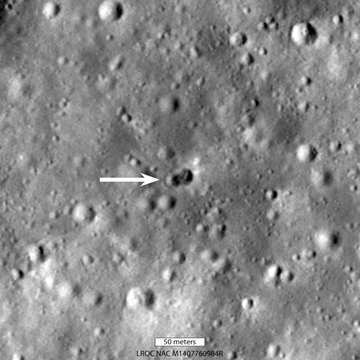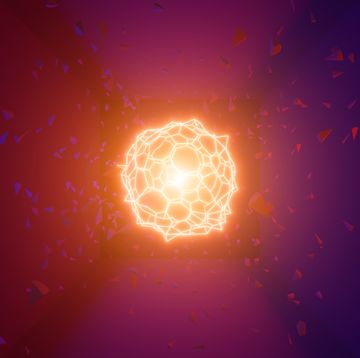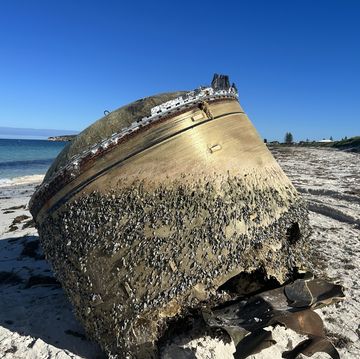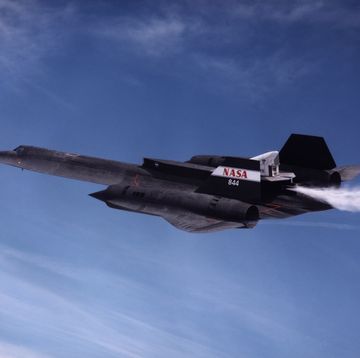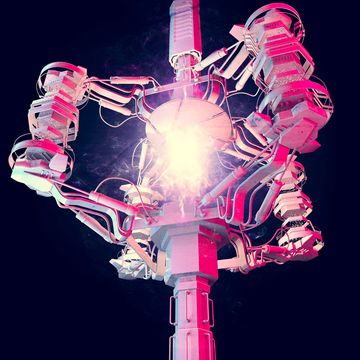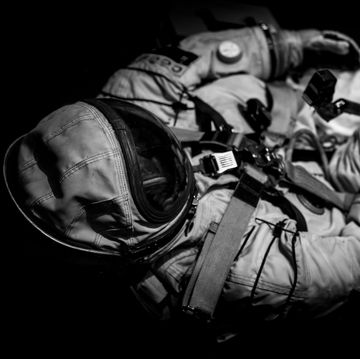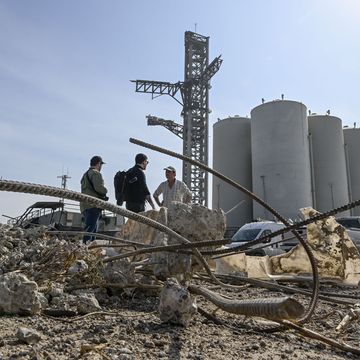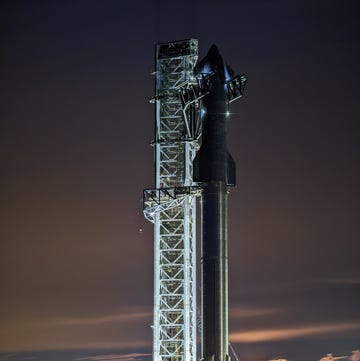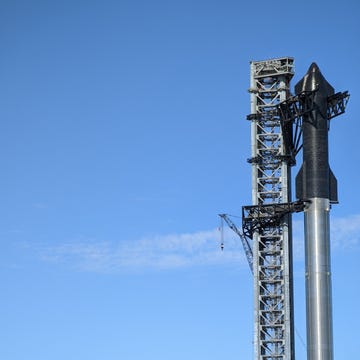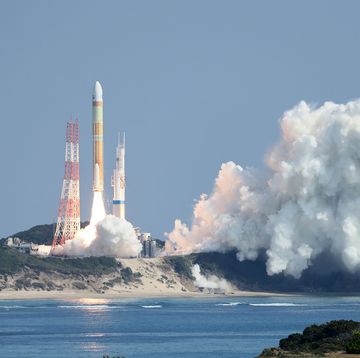Today, NASA test-fired its Solid Rocket Booster engine, part of the rocket that NASA hopes will one day take humans to Mars. This marks the last test of the booster before its first scheduled flight in 2018, and probably our only chance to see these massive rockets fire while staying on the ground.
The booster was strapped to a test pad and held in place while it fired for a full two minutes and a suite of over 500 sensors gathered data on the booster's performance as it burned 5.5 tons of propellant per second to generate some 3.6 million pounds of thrust. The SRB was undergoing its cold motor test, where the engine was cooled to 40 ℉, the low end of its temperature range. A complementary hot motor test, at 90 ℉, was conducted in March of 2015.
The SRB is part of the Space Launch System, the next-gen rocket that NASA is designing for deep-space missions. The SLS will have two SRBs as well as four RS-25 liquid engines. NASA is planning for the SLS to take humans to an asteroid by 2025, and to Mars by the 2030's.
Source: NASA




